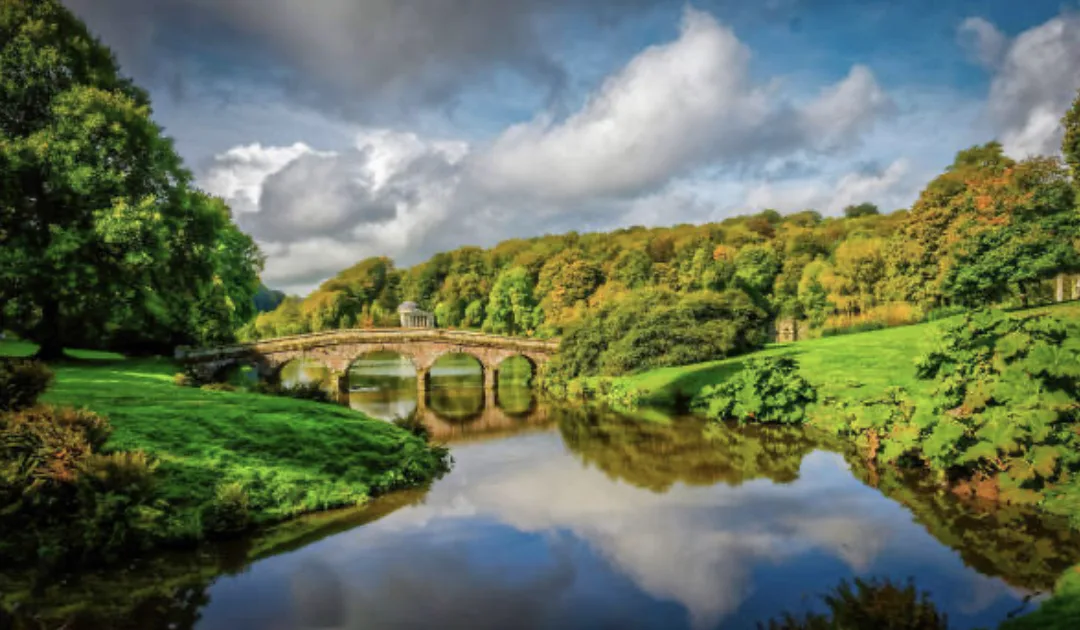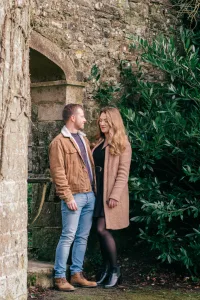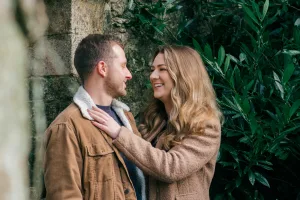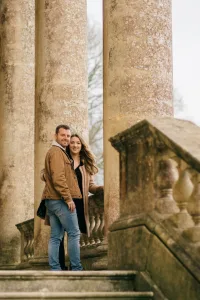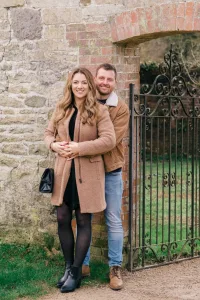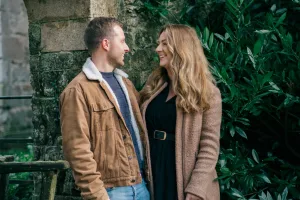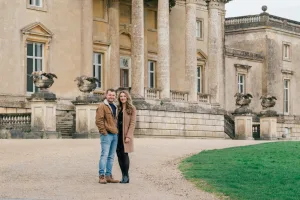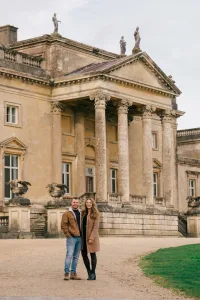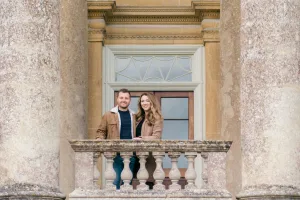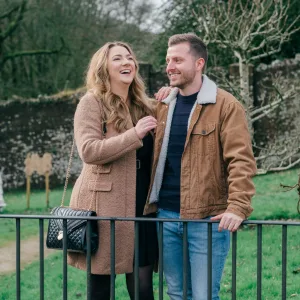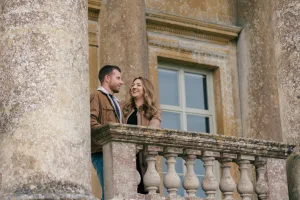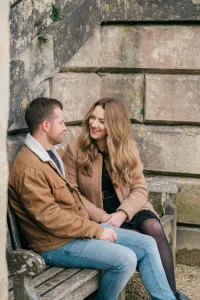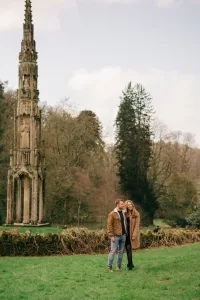Outline
Introduction
- Brief overview of St Peter’s Church
- Importance in the context of Stourhead Estate
Foundation and Early History
- Origins of St Peter’s Church
- Architectural style and influences
- Initial purpose and community role
Stourhead Estate and St Peter’s Church
- Acquisition by the Hoare family
- Integration with the estate
- Contributions to the landscape and architecture
Transition to a Wedding Ceremony Venue
- Changes in use over time
- The church’s role in modern ceremonies
- Legal and cultural considerations
Conclusion
- Summary of St Peter’s historical significance
- Its enduring legacy within the Stourhead Estate
Article
Introduction
St Peter’s Church in Stourton, Wiltshire, stands as a beacon of historical and architectural significance within the lush expanses of the Stourhead Estate. This ecclesiastical edifice, with its storied past and picturesque setting, has evolved from its foundational religious purposes to serve as a coveted venue for wedding ceremonies, intertwining the sacred with the celebratory in the heart of rural England.
Foundation and Early History
The origins of St Peter’s Church trace back to the medieval period, embodying the architectural and spiritual zeitgeist of its time. Constructed in the traditional Anglican style, the church was designed to serve as a spiritual haven for the local community, offering solace and sanctuary amidst the pastoral beauty of Wiltshire.
Stourhead Estate and St Peter’s Church
In the 18th century, the acquisition of Stourton and its adjoining lands by the Hoare family marked a pivotal chapter in the history of St Peter’s Church. The integration of the church into the Stourhead Estate heralded a new era of architectural and landscape innovation, with the estate’s design philosophy extending to the sacred precincts of St Peter’s. The church not only complemented the aesthetic ideals of the estate but also became an integral part of its cultural and social fabric.
Transition to a Wedding Ceremony Venue
Over the centuries, St Peter’s Church has gracefully transitioned from its primary ecclesiastical functions to become a sought-after venue for wedding ceremonies. This transformation reflects broader societal shifts towards personalization and the desire for unique, meaningful settings for marking life’s significant milestones. Today, St Peter’s Church offers couples the opportunity to exchange vows within a setting replete with historical resonance and natural beauty, underpinned by the church’s legal and cultural readiness to accommodate such ceremonies.
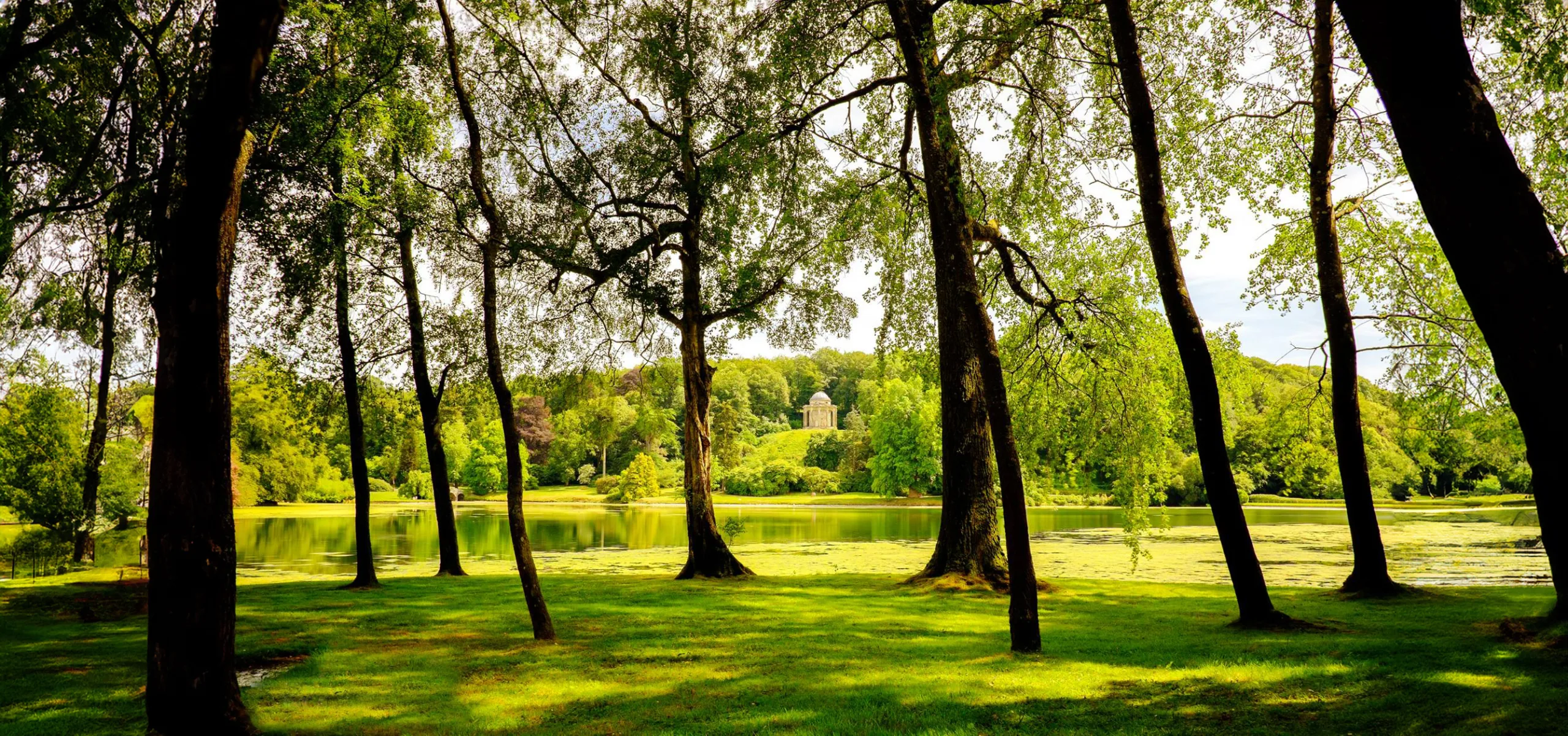
Exploring the socio-cultural impact of the Hoare family on Stourton and surrounding areas offers an intriguing avenue for further academic investigation. This analysis will encompass the transformative influence of the family’s stewardship of the Stourhead Estate on local communities, architectural trends, and cultural practices. Let’s outline the structure for a comprehensive study on this topic.
Outline
Introduction
- Overview of the Hoare family’s historical background.
- Initial acquisition and development of the Stourhead Estate.
Economic Contributions
- Investments in local infrastructure.
- Employment opportunities and economic growth facilitated by the estate.
Architectural Innovations
- Introduction of new architectural styles and landscaping techniques.
- Restoration and preservation efforts undertaken by the Hoare family.
Cultural and Social Impact
- Patronage of the arts and support for local artisans.
- Social reforms and philanthropic endeavors initiated by the family.
Community Relations
- The relationship between the Stourhead Estate and the local community.
- Changes in social dynamics and community identity.
Conclusion
- Summary of the Hoare family’s lasting legacy in Stourton.
- Future implications of their contributions to local culture and society.
Study
Introduction
The Hoare family, notable for their banking success, significantly influenced the cultural and architectural landscape of Stourton through their development of the Stourhead Estate. Their acquisition in the 18th century marked the beginning of a profound transformation in the area, reflecting the family’s vision for a harmonious integration of art, architecture, and nature.
Economic Contributions
The Hoare family’s stewardship of the estate catalyzed local economic development, through direct investments in infrastructure and the provision of employment opportunities. This section will explore how the estate’s expansion and maintenance spurred economic growth in Stourton and its environs, examining both the immediate and long-term impacts on the local economy.
Architectural Innovations
Under the Hoare family’s direction, Stourton witnessed the introduction of innovative architectural styles and landscaping techniques, setting new trends in estate development. The family’s efforts in restoring and preserving historical structures will be detailed, highlighting their role in shaping the architectural heritage of the region.
Cultural and Social Impact
This part will delve into the Hoare family’s patronage of the arts, their support for local artisans, and their engagement in social reform and philanthropy. The analysis will consider how these endeavors influenced cultural practices and social norms within the local community.
Community Relations
The dynamics between the Stourhead Estate and the local community, shaped by centuries of interaction, provide insight into the evolving relationship between landowners and residents. This section will explore the impact of the estate’s activities on community identity and social cohesion, reflecting on both positive and negative aspects.
Conclusion
Concluding, this study will summarize the multifaceted legacy of the Hoare family in Stourton, considering the enduring impact of their economic, architectural, cultural, and social contributions. The future implications of this legacy for the community and the estate itself will be contemplated, offering a perspective on the continued relevance of the Hoare family’s influence.
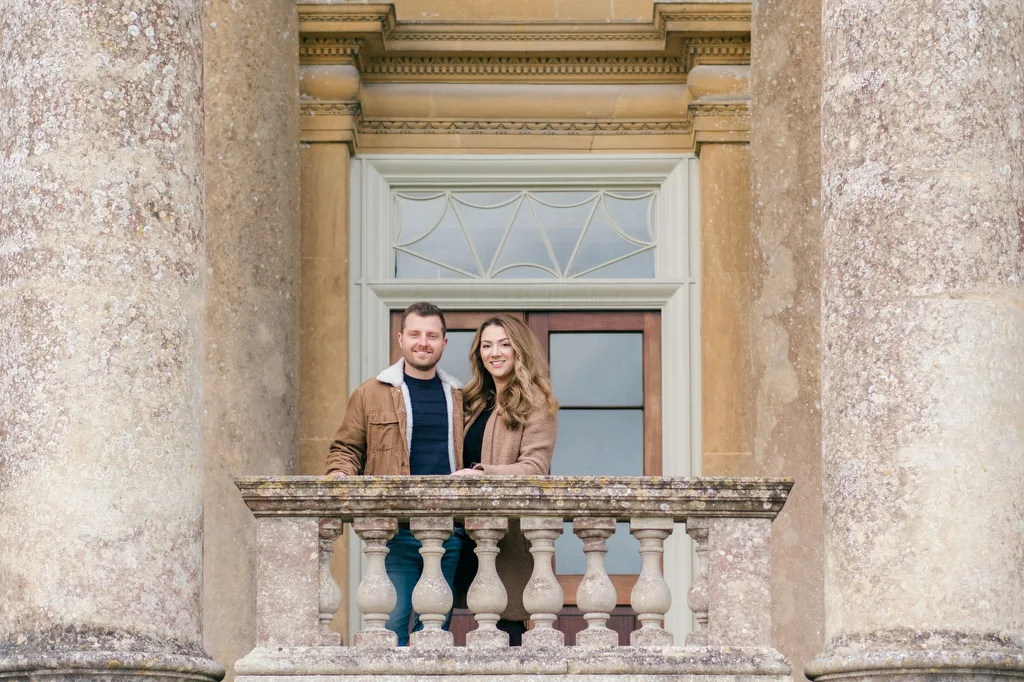
To conduct a detailed study on the architectural heritage of Stourton, particularly focusing on the innovations and contributions of the Hoare family, a structured approach will be taken to examine the evolution of architectural styles, landscaping techniques, and preservation efforts within the Stourhead Estate. This analysis aims to illuminate the ways in which these developments have influenced regional architectural trends and contributed to the cultural landscape of Stourton.
Outline
Introduction
- Overview of Stourton’s architectural history.
- The Hoare family’s role in shaping the architectural landscape.
Evolution of Architectural Styles
- Examination of the styles prevalent before the Hoare family’s influence.
- Introduction of new architectural styles by the Hoare family.
- Comparative analysis of architectural trends pre and post Hoare family’s contributions.
Landscaping Techniques
- Overview of traditional landscaping approaches in Stourton.
- Innovations introduced by the Stourhead Estate.
- Impact of these techniques on regional landscaping practices.
Preservation and Restoration Efforts
- Historical significance of structures within the Stourhead Estate.
- The Hoare family’s approach to preservation and restoration.
- Contributions to the conservation of regional architectural heritage.
Influence on Regional Architectural Trends
- The spread of architectural and landscaping innovations beyond Stourton.
- The Hoare family’s role in setting regional architectural trends.
Conclusion
- Summary of the Hoare family’s architectural legacy in Stourton.
- The lasting impact on regional architecture and cultural heritage.
Study
Introduction
Stourton’s architectural heritage, enriched by centuries of history, underwent significant transformation under the stewardship of the Hoare family. Their acquisition of the Stourhead Estate marked the beginning of a new architectural era in Stourton, characterized by innovative designs and a harmonious blending of architecture with nature.
Evolution of Architectural Styles
Initially, Stourton was characterized by traditional English architectural styles. The Hoare family introduced a wave of new styles, drawing inspiration from classical antiquity and the Renaissance, which were reflected in the design and construction of the Stourhead Estate. This section will provide a comparative analysis of the architectural landscape before and after the Hoare family’s interventions.
Landscaping Techniques
The Stourhead Estate is renowned for its pioneering landscaping techniques, which represented a departure from the formal, geometric gardens of the time. The estate embraced a more naturalistic approach, influencing landscaping practices not only in Stourton but across the region. This part of the study will explore the principles behind these innovations and their broader implications.
Preservation and Restoration Efforts
The Hoare family’s commitment to the preservation of historical structures within the Stourhead Estate has played a crucial role in maintaining the architectural heritage of Stourton. This section will detail the family’s restoration projects, highlighting their approach to balancing historical accuracy with modern requirements.
Influence on Regional Architectural Trends
This part of the study will examine how the architectural and landscaping innovations introduced by the Hoare family and exemplified by the Stourhead Estate influenced trends across the wider region. It will explore the dissemination of these ideas and their adoption in other estates and public spaces.
Conclusion
Concluding, the study will underscore the enduring legacy of the Hoare family’s architectural innovations in Stourton, emphasizing their significant contributions to the region’s architectural heritage and cultural landscape. The lasting influence of their vision and stewardship on regional architecture and beyond will be highlighted.

